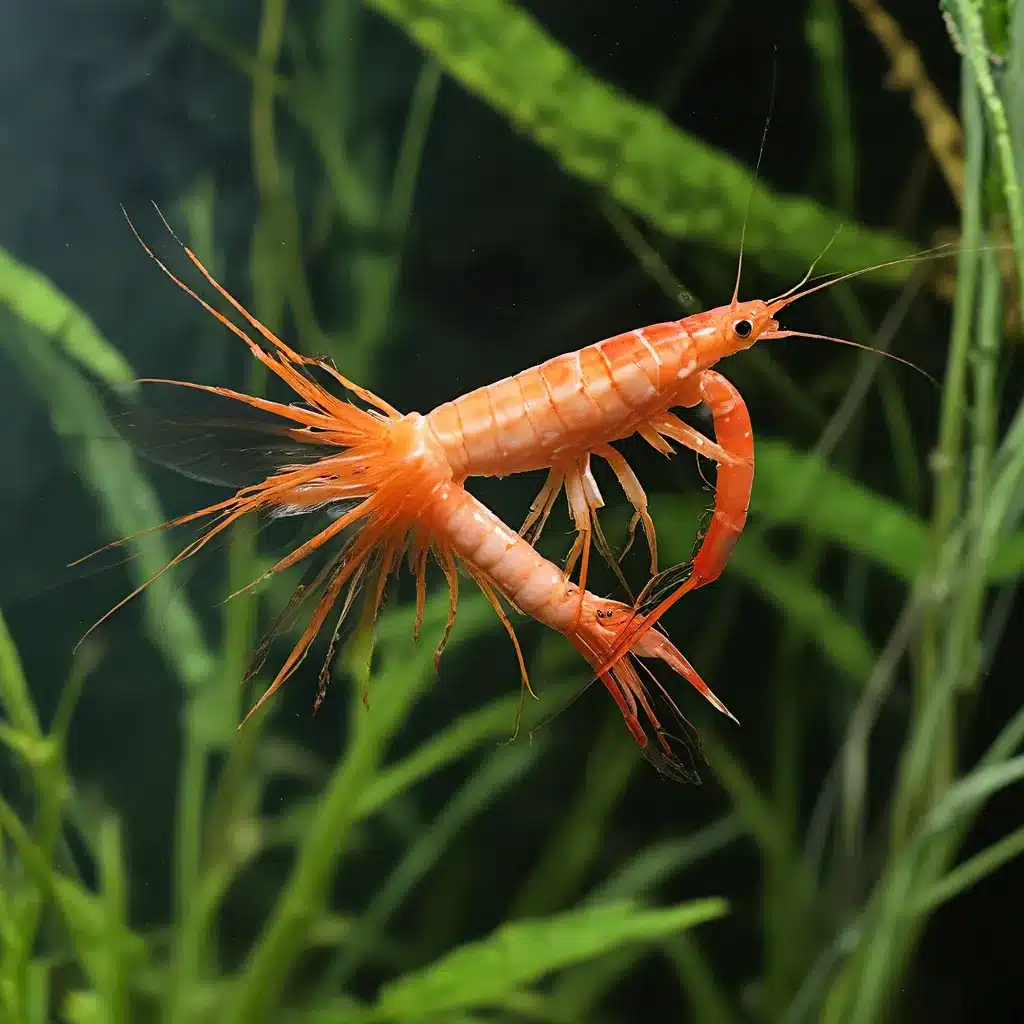
Mastering the Art of Shrimp Breeding
Shrimp enthusiasts know the joy of watching a thriving colony of these fascinating crustaceans in their aquarium. However, successfully breeding and rearing freshwater shrimp can present a unique set of challenges. Whether you’re a seasoned aquarist or new to the hobby, this comprehensive guide will equip you with the knowledge and techniques to breed and raise freshwater shrimp with confidence.
Understanding Shrimp Breeding Behaviors
Inducing breeding in freshwater shrimp, such as the popular Cherry Shrimp and Amano Shrimp, requires a delicate balance of environmental factors. First and foremost, you’ll need to ensure a sexed pair of mature shrimp, typically around 4-6 months old. Male Cherry Shrimp are smaller and less colorful than females, while Amano Shrimp can be more challenging to sex visually.
Another key factor is maintaining stable water parameters, with a pH range of 6.5-8.0 and a temperature between 70-80°F. Water hardness is not as critical, as long as it’s not at either extreme. Consistent access to a nutritious food source, such as blanched vegetables or high-quality prepared shrimp foods, will also support successful breeding.
The Breeding Process
When the conditions are right, breeding will be triggered by the female’s molting process. During this vulnerable period, the female will release pheromones into the water, signaling to the male that she is ready to mate. The male will then seek out the female and deposit his sperm, which the female will use to fertilize her eggs.
The fertilized eggs, known as a “berried” state, will then be carried under the female’s tail until they hatch. The female will constantly fan the eggs to keep them oxygenated and clean, ensuring the best possible conditions for the developing young.
Rearing Freshwater Shrimp Larvae
One of the most challenging aspects of breeding freshwater shrimp is successfully rearing the newly hatched larvae. The tiny shrimp hatchlings bear a close resemblance to their adult counterparts and do not undergo a distinct larval stage like many marine shrimp species.
Maintaining the right water parameters, including salinity and aeration, is crucial during this delicate phase. Providing a suitable food source, such as phytoplankton or finely-ground shrimp pellets, will support the shrimp’s growth and development.
Tip: Utilize a sponge filter to help maintain water clarity and prevent the water from becoming overly cloudy, which can be detrimental to the larvae.
Transitioning to Freshwater
As the young shrimp mature, they will need to be gradually introduced to freshwater. Start by floating a plastic cup or container filled with a 50/50 mix of water from the larval tank and dechlorinated freshwater. Over the course of a few days, gradually increase the freshwater ratio until the shrimp can be safely transferred to the main aquarium.
Sustainable Aquascaping for Shrimp Colonies
To create an optimal environment for breeding and rearing freshwater shrimp, consider incorporating elements of sustainable aquascaping. King Aquarium suggests including slow-growing plants, such as Java Moss or Christmas Moss, which provide ample hiding spots and microfauna for the shrimp to graze on.
Carefully selecting compatible tank mates is also crucial, as aggressive or predatory fish can easily decimate a shrimp population. Seek out peaceful, community-oriented fish species that will coexist harmoniously with your shrimp.
Troubleshooting and Optimizing Shrimp Breeding
If you encounter challenges during the breeding or rearing process, there are a few common issues to address:
Hatching Difficulties: Inconsistent hatching or low hatch rates may be due to elevated nitrate levels in the water. Performing regular water changes and maintaining optimal water quality can help improve the shrimp’s breeding success.
Larval Mortality: Excessive cloudiness in the larval tank, caused by an imbalance of phytoplankton, can lead to the death of the young shrimp. Carefully monitor water parameters and make adjustments as needed.
Growth and Maturation: Providing a varied diet, including high-quality prepared foods and supplemental live foods, can support the shrimp’s growth and development into adulthood.
By understanding the unique breeding and rearing requirements of freshwater shrimp, you can cultivate a thriving, self-sustaining colony in your aquarium. With patience, attention to detail, and a commitment to responsible aquarium management, your shrimp breeding endeavors will be both rewarding and successful.

